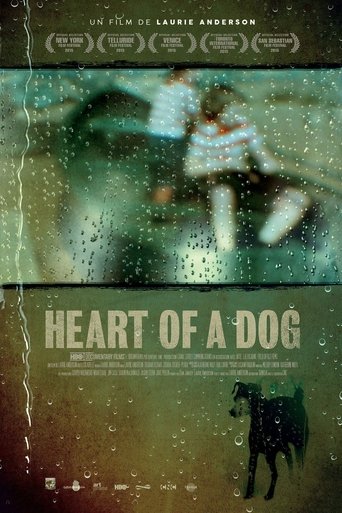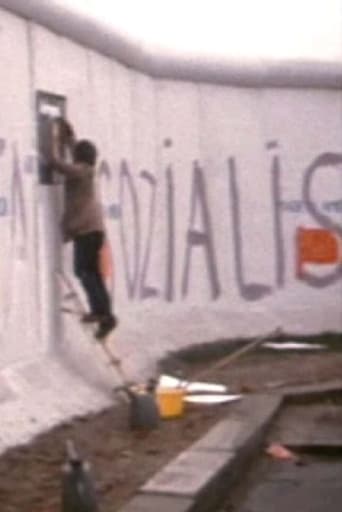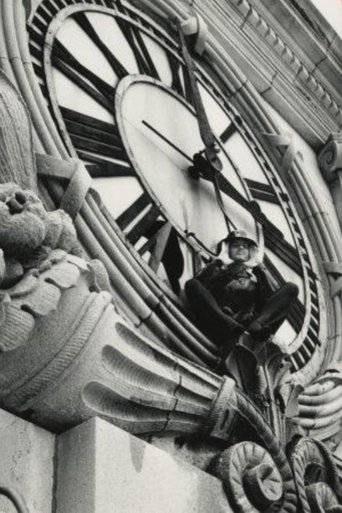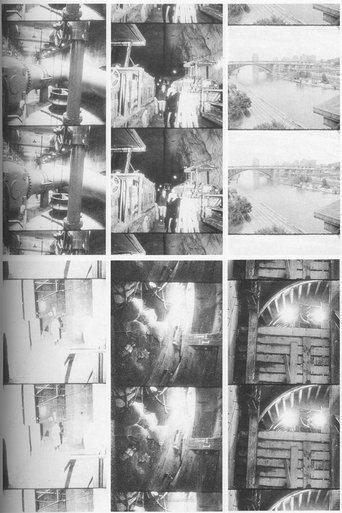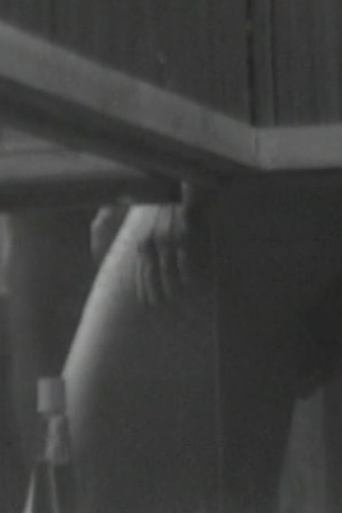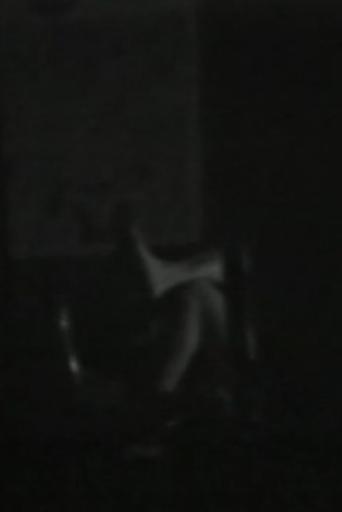Conical Intersect
Aug 31, 1975“I met Gordon Matta-Clark at the 1975 Paris Biennale. He was looking for a place to make a piece. I led him to a building across the street from my place on rue Beaubourg that I had been taking photos of for the past year and which was about to be demolished. In front of my eyes Conical Intersect became the last unexpected and dazzling resident of 29 rue Beaubourg.” —Marc Petitjean
Documentary

